Dolby Atmos Studio Design, Installation and Optimisation
Dolby Atmos has long been integral to the cinema and home entertainment industries, however the recent growth of Atmos in the gaming, music and podcast sectors has led to a demand for many more high quality professional environments for Dolby Atmos listening, mixing and mastering. As one of the UK’s leading Dolby Atmos specialists Yellow Technology are proud to be an official Dolby Atmos Certified Service Partner (CSP).
Adding in excess of 10 loudspeakers to a conventional stereo studio configuration is no trivial matter! Careful consideration around other hardware choices is key:- audio interfaces, digital to analogue converters, host computers, monitor controllers, mixing consoles and loudspeaker optimisation systems all need to be thought about when designing an Atmos studio. With so many more sound sources to factor in, Dolby Atmos studio acoustics can be a complex matter; and with so many more physical loudspeaker cabinets in the room, Atmos studios can often present unique design challenges for studio furniture and custom loudspeaker mounting hardware. Many of the studios we’re asked to consult on are switching between working in Atmos and in conventional stereo - so creative design solutions for seamlessly switching between the monitoring methods are often required.
Excellent calibration for Dolby Atmos studios is essential. Physical layout, DAW software configuration, gain staging, subwoofer setup, bass management, time alignment, EQ calibration and overall SPL all have to be taken into account when optimising a studio. Our highly skilled engineers pride themselves on implementing rigorous configuration, calibration and testing procedures to ensure the immersive audio studios we consult on sound incredible.
-
Not necessarily. It is possible to get Dolby Atmos studios sounding brilliant with a variety of loudspeakers although in general we try to specify loudspeakers from the same manufacturer/range so that each loudspeaker starts off sounding similar to the others.
In smaller spaces it’s often necessary to use smaller loudspeakers in surround and overhead positions. In these cases, bass management must be employed to ensure that the low frequency content intended for those channels is still reproduced.
-
5.1.4 is the the minimum speaker layout for Dolby Atmos, but when correctly configured it can still sound fantastic.
That said, Dolby’s “preferred minimum” is 7.1.4, and some labels and distributors require this size of setup for mix and master submissions.
-
Dolby’s recommended speaker position guidelines can be hard to completely adhere to in very small rooms. For example, they state that there should be at least 2.4m between the floor and the overhead loudspeaker baffles. However, with careful specification and planning it is possible to create a good sounding Atmos mix environment in a smaller space; even if it isn’t quite within the guidelines.
-
It’s often necessary to use smaller loudspeakers in surround and overhead positions. There are even cases where we’ve found it to be preferable due to a smaller form factor facilitating superior positioning.
In these cases, bass management must be employed to ensure that the low frequency content intended for those channels is still reproduced.
-
Yes! Garden Atmos studios are becoming increasingly common. You can find out more on our Garden Studios page.
-
As a Dolby Atmos Certified Service Partner we are able to help get your studio included in the directory. In part by ensuring your studio is well calibrated and meets Dolby’s recommendations and guidelines.
-
Just like with conventional stereo mixing, you can mix Atmos on headphones, and it can be a good way to begin experimenting with the technology. However, ultimately it’s recommended that mixes and masters are evaluated in a loudspeaker environment where you’re likely to hear more detail and your mixes are much more likely to successfully translate between systems.


